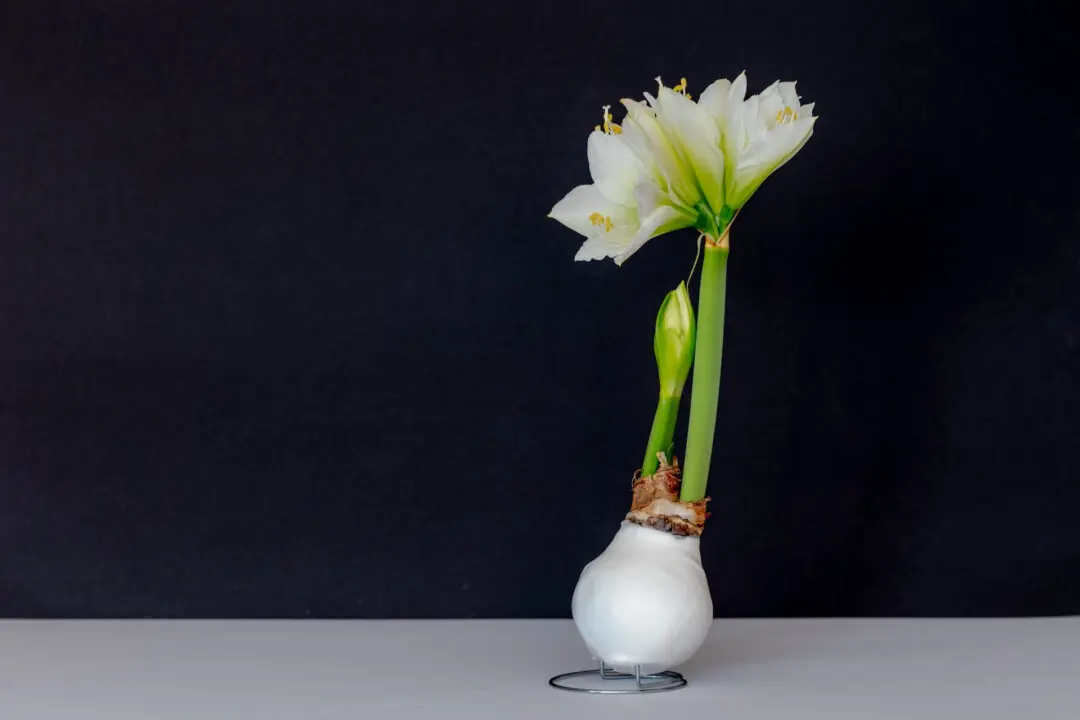Q: I have a problem growing vegetable seeds. I buy seeds from good brands because I want to grow varieties that I can’t find as plants at the store. I use good soil in trays, and I follow all the directions. The problem is that the stems of the seeds grow as though they are vines. Before there is even a leaf, the stem grows to be at least six inches long. The plants just flop all over each other. Eventually, I plant the tomatoes because they can grow roots from the stems, but I have to tie the other plants to stakes to get them to stand up. They grow slowly, but by the end of summer, most of them have produced some fruit. What am I doing wrong?
A: Your seedlings are etiolating, which is just a fancy word to say they are stretching to reach the light. If your vegetable seeds were breaking through the garden soil outside, they would see bright sunlight. Indoors in your trays, the seeds are not seeing enough light, and they are growing long stems in an attempt to find more light.





